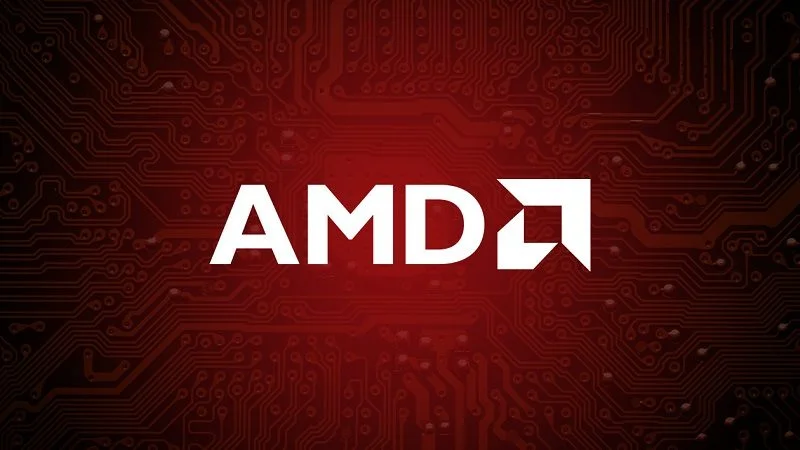AMD Patent Application Reveals Hybrid Ray Tracing Plans

AMD Ray Tracing Patent Application
With the upcoming release of the AMD Radeon RX 5700 XT graphics card, while we may have some rough ideas as to how well it will perform one thing is certain. Namely, that the graphics card will not include any hardware based ray tracing support.
It isn’t incidentally just for this specific card either as the entire 5XXX range (that will form the 1st-gen Navi releases) will not offer this either. Despite that, AMD is more than expected to join the party with their 2nd-gen releases. More specifically, with the next-gen console APU processors.
Following a patent application listing via TechPowerUp, however, we may have our first (rather technical) look at how AMD plans to impliment this in their upcoming releases. Perhaps, more accurately, their next-gen console designs.

What Can We Tell?
Well, perhaps most interestingly that AMD discusses the creation of a”Texture Processor Based Ray Tracing Acceleration Method and System”. In other words, a form of ‘hybrid’ ray tracing that would use both software and hardware.
“The hybrid approach (doing fixed function acceleration for a single node of the bounded volume hierarchy (BVH) tree and using a shader unit to schedule the processing) addresses the issues with solely hardware based and/or solely software based solutions. Flexibility is preserved. Since the shader unit can still control the overall calculation and can bypass the fixed function hardware where needed. And still get the performance advantage of the fixed function hardware. In addition, by utilizing the texture processor infrastructure, large buffers for ray storage and BVH caching are eliminated that are typically required in a hardware raytracing solution as the existing vector general purpose register (VGPRs) and texture cache can be used in its place, which substantially saves area and complexity of the hardware solution.”

What Does This Mean?
Well, essentially that AMD is looking into a system that could effectively divide the work-load of ray tracing. Specifically, to attempt to find a way to make it more efficient. Why is this important? Well, considering that they are supplying the APU designs for both the next Sony and Microsoft next-gen consoles, it’s likely that this system will be used within them to get the strongest ray tracing performance possible while compromising on the overall hardware required.
In ray tracing terms, this design is ‘work smart, not hard’.
What do you think? Is this part of their upcoming console APU design? – Let us know in the comments!









